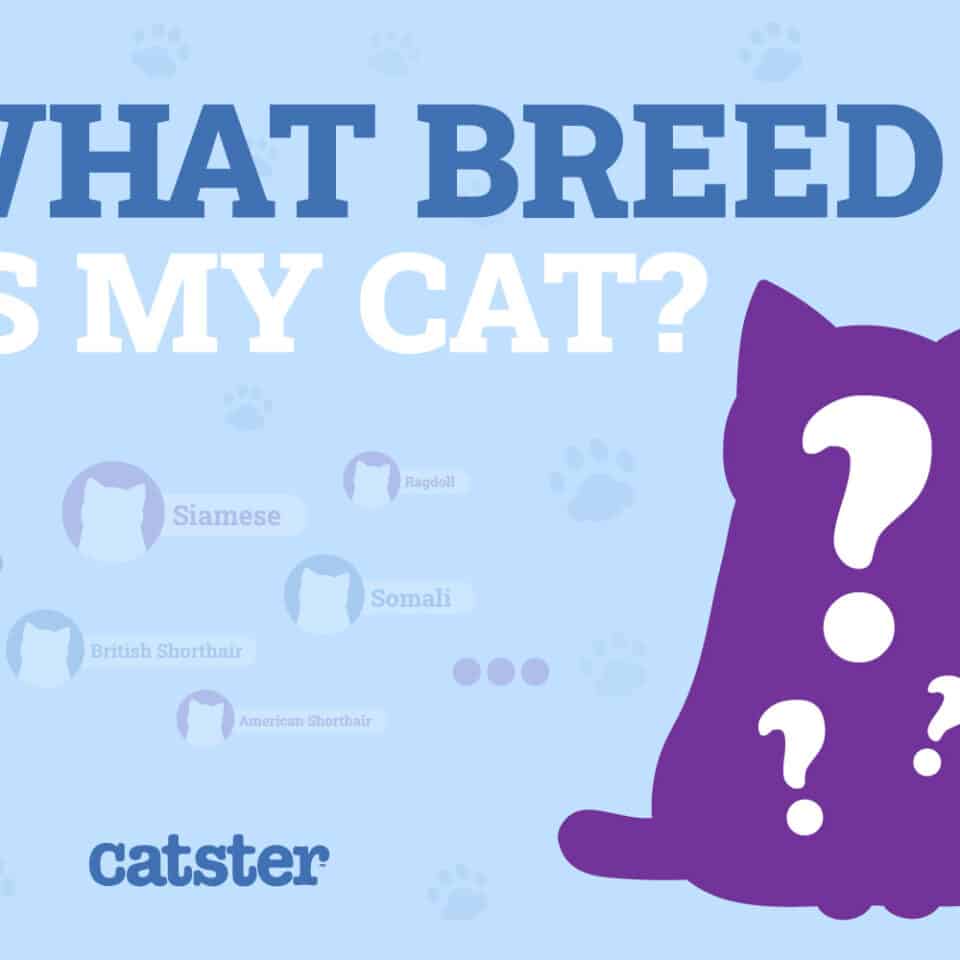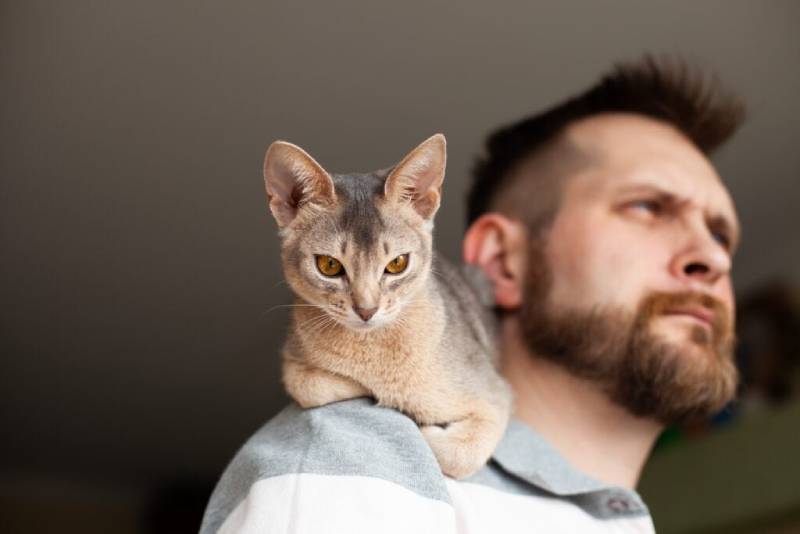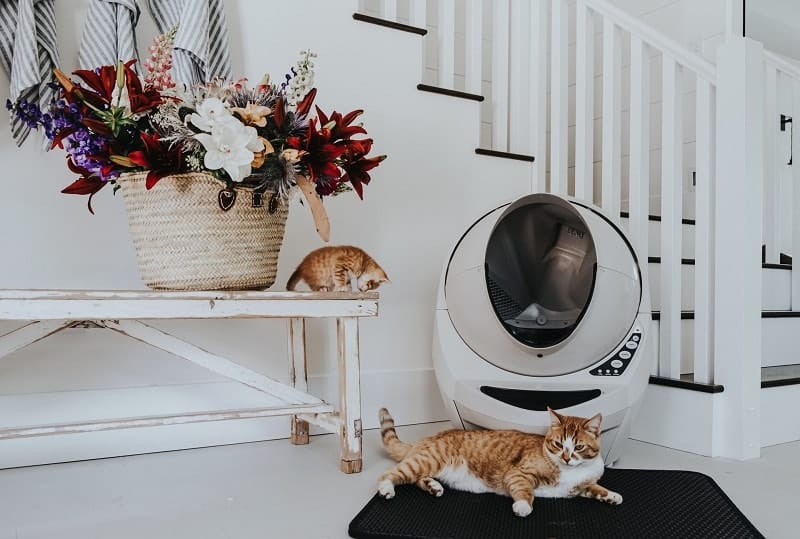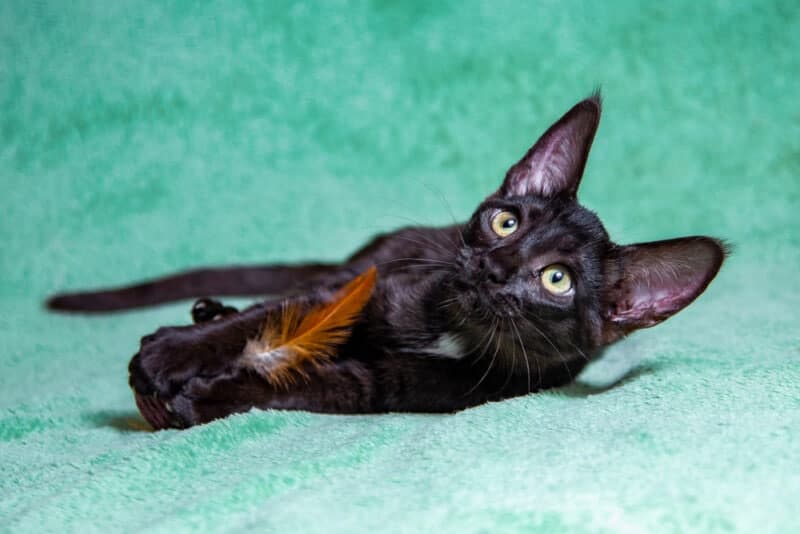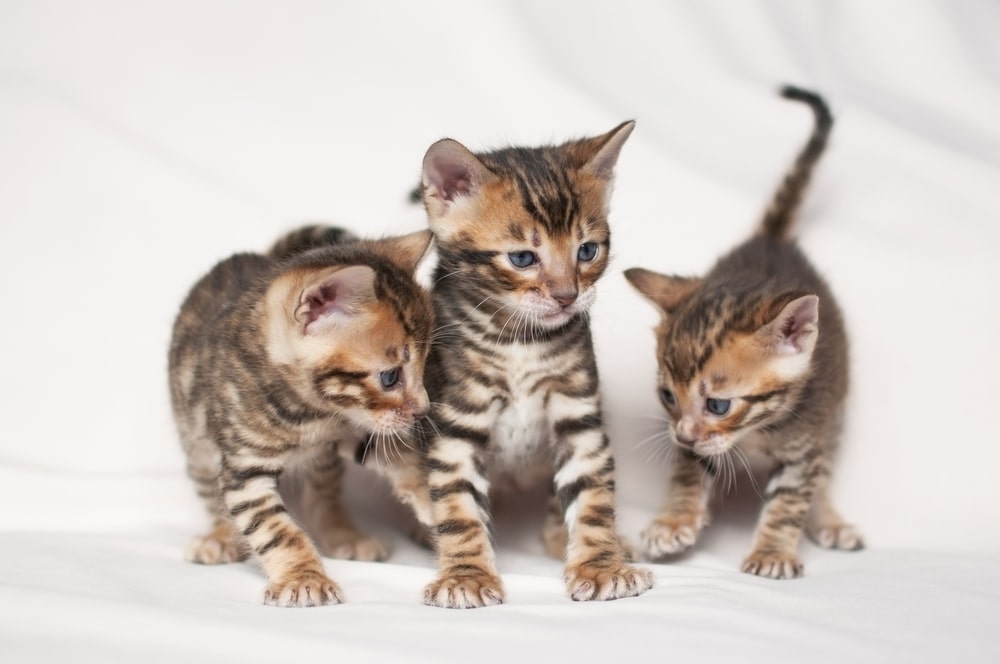Ever found yourself gazing at your cat and wondering just what mix of breeds went into creating that beautiful bundle? 🐾 You’re not alone! Many cat owners adopt felines with mysterious lineages. While every cat is unique, exploring the traits that make up your furry friend can offer some clues.
Whether you’re dealing with a silky coat, piercing blue eyes, or an adorably smooshy face, each characteristic in your kitty offers a peek into its ancestry. Understanding your cat’s breed isn’t just about satisfying curiosity—it can help with health predictions and behavior expectations. Let’s dive into a fun, cat detective mission!
The Importance of Size and Weight
Have you ever noticed how cats range from tiny, playful dwarves to giant, majestic creatures? Size and weight can be quite telling when it comes to identifying your cat’s breed. Giant cats like the Maine Coon can tip the scales at over 25 pounds, often surprising their owners with their lofty stature.
If your feline friend is on the bulkier side, weighing more than 15 pounds, you’re likely looking at a large cat breed. Breeds such as the Maine Coon or the Norwegian Forest Cat fall into this category. However, if your kitty is more middle-of-the-road, weighing between 9 and 12 pounds, it’s part of the medium-sized crowd.
On the other hand, if you’re dealing with a petite package weighing under 9 pounds, you’ve got yourself a small or dwarf cat. Breeds like the Munchkin or the American Curl are popular among these pocket-sized feline companions. The size spectrum of cats is a fascinating trait that plays a significant role in breed identification.
Decoding Face Shapes
Some kitties sport a face that looks like it’s straight out of a cartoon, super round and flat! These are known as brachycephalic breeds and include beloved felines like the Persian and Exotic Shorthair.
With their round and flat faces, these breeds have a certain charm that cat lovers can’t resist. However, their distinctive looks can lead to health issues like breathing difficulties and dental problems, which are important to keep in mind.
Not all cats have such rounded faces. Triangular, narrow-faced cats like the Siamese and the Sphynx are less common. These breeds showcase a more angular face shape, creating a striking look that’s immediately recognizable.
Ear Shapes that Speak Volumes
Here’s the scoop on cat ears—they’re not just for hearing! Ear shapes can be a huge clue to your cat’s breed.
Those with curled ears, like the American Curl and Dwelf, are quite rare and unique. If your cat’s ears fold instead of curl, you might be looking at a Scottish Fold.
Another interesting ear feature is ear furnishings, or tufts of fur poking out like tiny antennas. Breeds like the Maine Coon and Norwegian Forest Cat wear these tufts like crowns, adding to their majestic appearance.
Also, some cats sport charming tufted ears, often referred to as lynx tips. These tufts provide both functionality and flair, much to the delight of cat enthusiasts everywhere!
Those Mesmerizing Eyes
A cat’s eye color is more than just beautiful; it can hint at its lineage.
Most felines have eye colors like amber or green. But if your cat has eyes of different colors, known as heterochromia, it might be linked to certain breeds like the Turkish Van or the Oriental Shorthair.
<Heterochromia is a fascinating genetic trait linked to some specific cat breeds, making them rather distinct.
Moreover, certain breeds like the Ragdoll or Persian are recognized for their striking blue eyes, a feature that easily captures attention.
Coat Characteristics and Clues
Think of cat coats as a tapestry of feline history! Long-haired beauties like the Persian or Norwegian Forest Cat flaunt luscious locks that are unmistakable.
Short-haired breeds like the Bengal and the Russian Blue have sleek, easy-to-maintain coats that always look sharp.
Prefer something curly? Check whether your kitty matches breeds like the Cornish Rex or Selkirk Rex, which are known for their unique curly fur.
For those hairless varieties, think about breeds like the Sphynx or Peterbald, with smooth skin that draws many admirers and is often a talking point among cat owners.
Patterns and Colors: Flashy Feline Features
Cat lovers know that a cat’s color and pattern aren’t just about looking fabulous—these features can indicate breed origins.
Solid-colored cats can be found in many hues, though not a distinct breed trait. However, bi-colored cats, often sporting a main color plus white, can be striking. Think Cornish Rex or Manx.
Tortoiseshell and calico patterns, with their vibrant color splashes, are often tied to female cats. If spotty patterns intrigue you, then cats with colored points, such as the Siamese or Himalayan, might hold the secret to your kitty’s ancestry.
Tail Tales
Sure, most feline tails look similar, but some breeds sport an unusual appendage.
A short tail might indicate a rare genetic influence, evident in breeds like the Manx or Japanese Bobtail.
Short tails can be surprising and hint towards specific breed lines, offering insights into one’s cat mystery.
While most cats have conventional tails, it’s these genetic quirks that stand out in the world of feline diversity!
Behavioral Traits to Watch
A cat’s behavior speaks volumes about its possible breed lineage. Is your cat friendly and loves everyone? They could hail from a warm-hearted breed like the Birman or Ragdoll.
Some kitties are more independent, aligning themselves with likewise aloof breeds like the Somali or Colorpoint Shorthair.
If you’ve got a talkative kitty on your hands, breeds like the Siamese or Sphynx are known for their vocal personalities.
Keep an eye on your feline’s quirks, as they might just drop the biggest hints about their ancestry.
Why Not Try Genetic Testing?
Armed with all these traits, you might still find some uncertainty about your cat’s breed. Sometimes, visual clues aren’t enough.
Genetic testing is a comprehensive way to uncover what’s written in your cat’s DNA, providing a clear glimpse into your furry friend’s genetic makeup and potential health predispositions.
By uncovering the genetic secrets hidden within, you’ll gather thorough insights into your cat’s lineage. It’s like opening a window to their past.
Plus, understanding your cat’s health through genetic testing can be beneficial for taking proactive care, ensuring your companion stays healthy and happy.
Reflecting on What You’ve Learned
With over 70 documented cat breeds, it’s a big world of felines out there.
Equipped with attributes from size to patterns and behaviors, you might pinpoint the puzzle of your cat’s lineage.
While purebred traits are often easier to identify, mixed breeds showcase a delightful blend that requires an extra bit of detective work.
If you find yourself in a loop, remember, genetic testing provides a more exact answer, cutting through the guesswork like a charm.
Through observing your cat’s traits and characteristics, you’re well on your way to untangling their mysterious lineage. Whether through detective work or genetic testing, embracing your cat’s unique features enhances the bond you share. Keep your kitty’s quirks in mind—they’re unique clues to a fascinating feline heritage!
